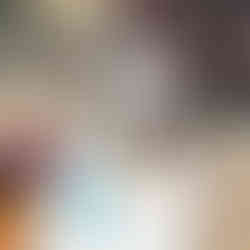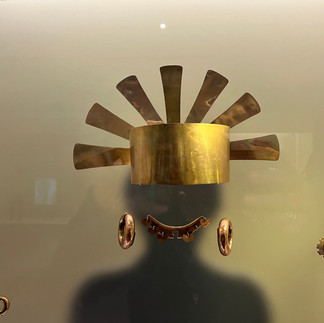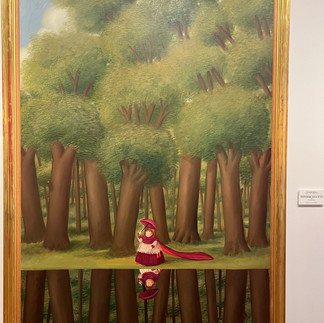
Situated in the Cordillera Oriental to the north of the Andes, the Colombian capital is located at the base of a mountain range in the heart of the country. Rising to 8661 ft above sea level, it ranks as the third highest capital, following La Paz and Quito. With just under 24 hours to discover this lively city, I wasted no time and began exploring the streets right after arriving at my high-rise hostel named The Spot.
Plaza de Bolíva

The usual place to start discovering Bogotá is the giant concrete Plaza de Bolívar, the heart of the original town, which was my destination. What it lacks in green foliage, it makes up for in grandiosity. In the middle of the square is a bronze statue of Simón Bolívar. This was the city's first public monument. The day I was there, the center was blocked off for an event of some sort, so the pigeons who normally live there were on the stairs of the Cathedral of Colombia, the first church in Bogotá, built in 1539, dive-bombing anyone walking by, including me.
Royal Street
What I really enjoyed most was just walking down Calle Real or Royal Street. The sounds, smells, textures, and sights were an invasion of my senses. It was crazy. You could find anything for sale; hamsters, potted plants, toys both new and used, pretty much anything. Click on the video with the sound up. It was so incredibly full of life.
/

The Gold Museum
The Gold Museum, which reopened in 2009, has unique pieces from around the world that will give you a glimpse of the incredible goldsmithing skills of pre-Colombian civilizations and, above all, the importance of this precious metal in their belief system. Seeing the gold objects of the Tairona of La Ciudad Perdida was a nice way to close the circle from my hike.
Botero Museum

I have a new love I didn’t know existed in the world: Fernando Botero’s art. The Colombian artist, born in Medellín, is known for his universal being which is beady-eyed, impossibly small mouthed and overly voluminous. Whether he is portraying a political figure, a prostitute, a horse, or a bowl of fruit, his style comes through. The mannequin like frozen expressions make you want to laugh, cry and hug them.
He was first trained as a bull fighter but quickly realized he like drawing the animals more than fighting them and worked hard to get to Europe to learn from the masters. I even got a little of my Da Vinci fix with his portrayals of Mona Lisa and Leda and the Swan. Although his style remained constant his subject matter varied immensely, often showing social injustice and brutal reality. However, he refused to profit from suffering and would donate these portrayals of injustice, such as The Death of Escobar to museums to inform the public.
In fact, most of the collection of art, including his work, was donated to the museum from his own private collection, so the people of Colombia could view, in person, paintings and sculptures from the masters, including Miró, Chagall, Dalí, Pissaro, Moore, Picasso, Monet and Renoir, just to name a few. This free to the public museum is so impressive I actually went twice.
That’s a Wrap
Words can’t describe what an amazing trip to Columbia this was. The people are kind, energetic, lighthearted and resilient. The scenic beauty was varied and sense invoking. It is modern, but at the same time preserves its heritage and culture, giving each city a vibrancy and depth. I can’t say what my favorite part of the trip was because each place gave me something different, but I do know I have a newfound respect for Colombia and its people.


























































So glad you reminded me of Fernando Botero! I remember his art from art school! I'd have to go to that musuem twice too!